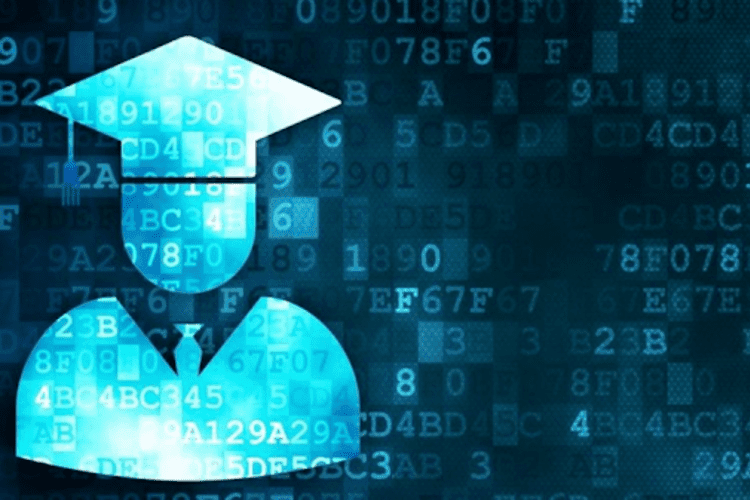The Future of Higher Education with Blockchain Technology

Blockchain is a buzzword with incredible potential — there are different ways DLT could change the way industries are run as well, with the majority of its potential discovered in the epidemic. Education is also benefiting from blockchain technology in the present. In 2017 The University of Melbourne started using blockchain technology to issue digital student credentials that allow students to provide authentic, non-changeable copies of their credentials with their employers and other third parties as part of an unbreakable system. In the year 2019, Gartner conducted a survey in which they asked respondents from higher education their thoughts on using blockchain technology within an educational context.
Just 2% of respondents said they had already implemented blockchain. An additional 18% indicated that they would start using it in the next 18-24 months. However, at the time the majority of respondents declared they were "not interested" and wanted to put off the decision for a few months.
The most likely use-case for blockchain technology in higher education is the possibility of transforming what is known as the "record-keeping" for degrees certificates, diplomas, and certificates by making them digital and putting them under the student's control, with no necessity of an intermediary to confirm their authenticity. Blockchain can also be used to certify educational institutions, a difficult procedure in a variety of countries, making it possible to confirm the legitimacy of their institutions or the qualifications of those who are able to instruct.
The ability of technology to enhance record-keeping is a perfect choice for solving IP management issues such as making use of DLT to determine whether a concept or invention is truly unique or record IP properties, copyrights, and patents.
Blockchain-based university diplomas are an amazing technological leap, but the most compelling use case can be the creation of a digital transcript or an account of all academic achievements for the entire duration of one's life. A lifetime transcript that is verified would decrease CV fraud, speed up the transfer of students between universities as well as reduce the cost associated with credential verification and make the process of moving between countries and states simpler. This kind of program extends beyond the record-keeping process and is designed to streamline processes and make it a more effective strategy.
Processing student payments can be labor-intensive and involves parents, students, as well as scholarship-granting agencies as well as financial institutions, government, and schools, DLT, can make the entire process considerably simpler. The blockchain can allow students to save their own cryptocurrency-based funds. These could be used in the future to cover their higher tuition costs.
Though a large number of institutions of higher education are cautious regarding accepting cryptocurrency payments, there are some exceptions like King's College in New York City was among the first colleges worldwide to begin accepting cryptocurrency-related charges. This also eliminated any hidden charges.
Due to its flexibility, blockchain technology could handle a wide range of fascinating tasks. For instance, lessons, exams, courses, and quizzes could be encoded in the tech and then executed by themselves after all the necessary conditions are met. The smart contract function of blockchains can quickly determine when the task is completed, which makes it a perfect instrument for assessing students.
In addition, blockchain technology could also be used by universities as well as students to gain access to larger storage spaces. Because not every institution is able to afford terabytes of cloud storage to store all their files and data, blockchain technology could provide an affordable and seamless storage solution.